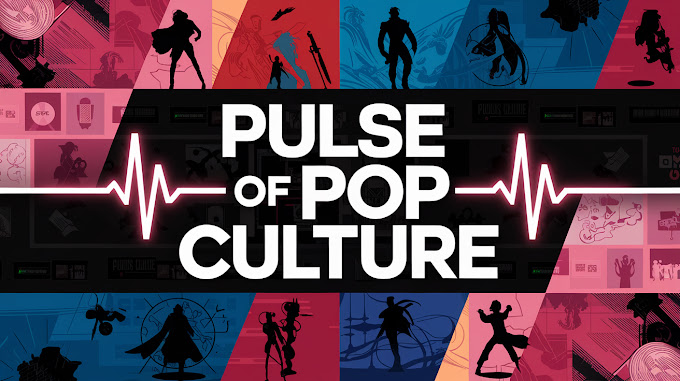Anime. The very word sparks images of vivid colors, unforgettable characters, and narratives that tug at your heartstrings. Over the years, this Japanese art form has grown into a global phenomenon, captivating audiences from all walks of life. At Movement Radio, we believe in celebrating the transformative power of art, and anime is a perfect example of how creativity can connect, inspire, and challenge us. So, let’s dive in and explore why anime matters and why it has earned its place in the hearts of millions.
Storytelling That Resonates
At its core, anime is a masterclass in storytelling. It offers narratives that delve into universal themes—love, friendship, loss, growth, and the search for purpose. From the high-octane battles of Dragon Ball Z to the heart-wrenching emotional depth of Your Lie in April, anime covers a spectrum of emotions and experiences.
What sets anime apart is its willingness to explore topics that other mediums often shy away from. Whether it’s the philosophical dilemmas of Death Note, the post-apocalyptic struggles in Attack on Titan, or the quiet, meditative reflections of Mushi-Shi, anime taps into our shared humanity. It resonates because it’s not afraid to ask the big questions or confront difficult truths.
A Visual Feast
Anime’s art style is nothing short of breathtaking. The vivid landscapes, meticulous character designs, and fluid animation bring stories to life in ways that few other mediums can achieve. It’s a visual language that speaks directly to the soul, capturing everything from the grandeur of a sprawling metropolis to the intimacy of a single tear rolling down a cheek.
But anime doesn’t just look good—it’s a testament to the power of artistic expression. Series like Studio Ghibli’s works (Spirited Away, My Neighbor Totoro) have shown that animation can be as emotionally potent and visually stunning as any live-action masterpiece. Anime proves that visuals aren’t just about spectacle; they’re an integral part of storytelling.
Breaking Cultural and Social Barriers
Anime has a unique ability to cross cultural boundaries. While deeply rooted in Japanese culture, its themes and messages resonate universally. Through anime, fans around the world have gained insights into Japanese traditions, values, and even the language.
Beyond cultural exchange, anime often tackles societal issues head-on. Shows like Neon Genesis Evangelion confront mental health struggles, while Monster examines the moral consequences of our actions. These stories challenge viewers to think critically and empathize with perspectives different from their own.
A Community Like No Other
The anime community is one of the most passionate and welcoming groups out there. From fan art and cosplay to conventions and online discussions, anime has created a global network of fans who bond over their shared love for the medium. This sense of community is a testament to the unifying power of art.
At Movement Radio, we’ve seen firsthand how anime brings people together. Whether it’s the excitement of discussing the latest episode of My Hero Academia or reminiscing about classics like Cowboy Bebop, anime fosters connections that transcend geographical and cultural boundaries.
Inspiring Creativity
One of the most beautiful aspects of anime is how it inspires creativity. Fans express their passion through art, writing, music, and even game design. Cosplayers bring characters to life with incredible craftsmanship, while fanfiction writers expand on the worlds they love.
Anime also serves as a gateway for many aspiring artists and storytellers. Its influence can be seen in Western animation, comics, and even Hollywood films. The medium has left an indelible mark on the global creative landscape, proving that inspiration knows no borders.
Why Anime Matters
At its heart, anime matters because it’s more than just entertainment. It’s a medium that tells stories we can all relate to, challenges us to see the world differently, and inspires us to dream bigger. Anime is proof that art has the power to move us—to make us laugh, cry, and think deeply about our place in the world.
So, whether you’re a lifelong fan or someone just starting your anime journey, take a moment to appreciate what makes this medium so special. At Movement Radio, we’ll continue to celebrate anime and its impact on our lives. After all, art matters—and so does anime.
What are your favorite anime series or moments? Let us know in the comments or connect with us on social media. Until next time, keep embracing the art that moves you.



.jpg)
.jpg)
.jpg)
.jpg)
.jpg)
.jpg)
.jpg)

.jpg)